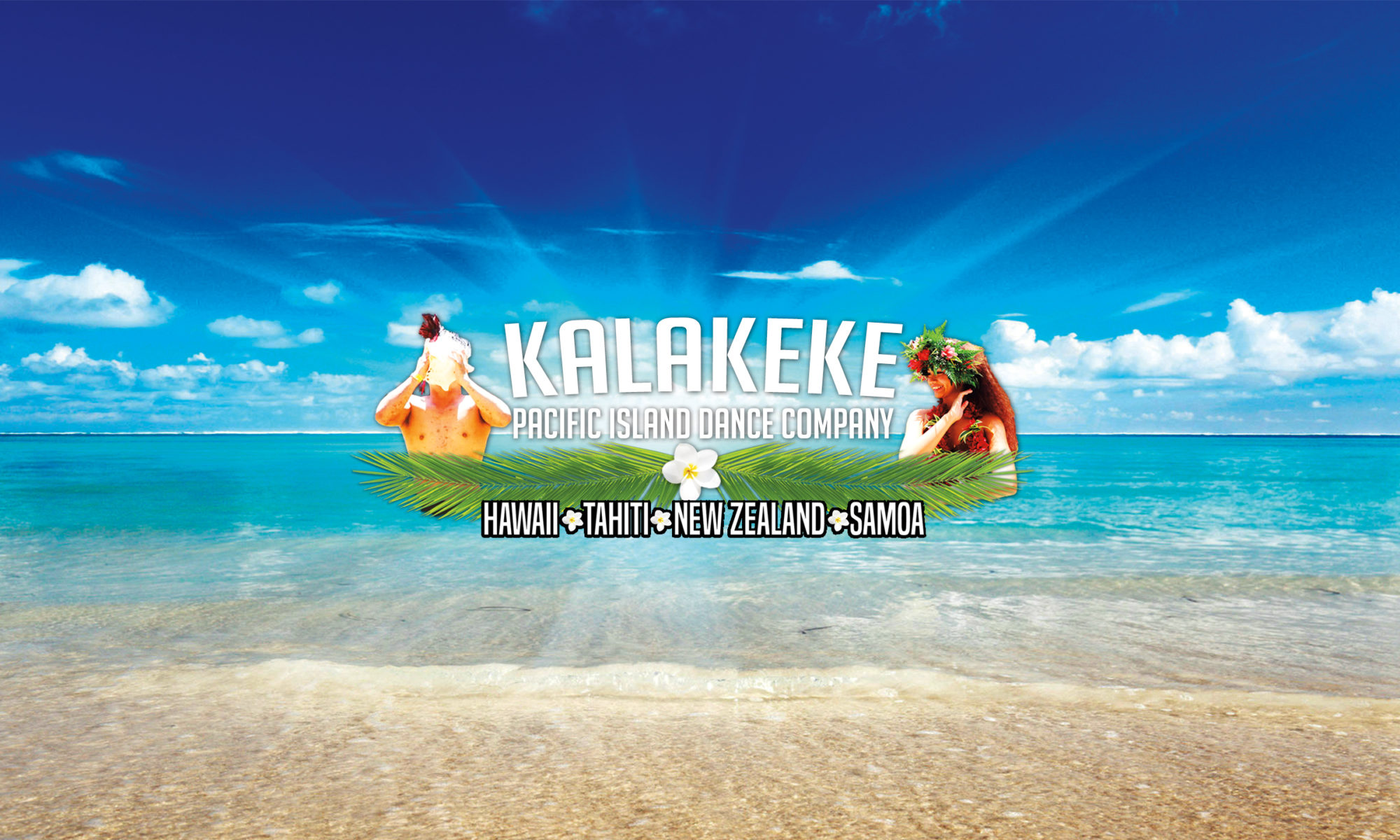Oftentimes when talking about Polynesian dance, it’s assumed that most of the dances seen being performed are hula. While hula is in fact a type of Polynesian dance, it is only one of many that are performed. Typically, the types of Polynesian dance seen being performed are from the islands of Hawaii, Tahiti, New Zealand and Samoa.
The most commonly known form of Polynesian dance is from the island of Hawaii. Hula is actually the Hawaiian term for “dance,” and is usually characterized by its slow and graceful hips and hands. This is actually a more modern form of hula known as Hula Auana, often accompanied by ukulele or more contemporary music. The more traditional form of hula is Hula Kahiko, with stronger motions and accompanied by chants or a singer playing an ipu, or gourd drum.
The fast, high-energy dancing with drumbeats is from the island of Tahiti. Tahitian ori, the Tahitian word for dance, is often seen in luaus and mistaken for hula. Tahitian ori is characterized by the fast drumbeats played on a slit-log drum known as a toere, and its fast motions. For the females, they use mainly their hips, but guys are known for the step with their knees, pa’oti.
The islands of New Zealand have several dances performed through chants and implements. The Maori Poi ball dance has women twirling small spheres attached to rope. What many people recognize is the Maori Haka—a war chant made famous by the New Zealand national rugby team: the All-Blacks, where they would perform this before every game.
Finally, from the islands of Samoa, there are many exciting and high-energy dances, or siva as they are known in Samoan. The Siva Afi, or fireknife dance, is a dance performed by spinning a knife that has been set on fire, and is often a highlight for most luaus. The Samoan Sasa is a synchronized dance that usually is distinct from each village, and has a large amount of people performing all at once.
These are just a few examples of the dances that make up the entirety of Polynesian dancing. Each one has its own unique style and culture behind it, and it’s a pleasure for any performer to help spread this culture for others to enjoy. Kalakeke Pacific Island Dance Company is but one of many who wish to spread this culture for others to experience.
This was written by our very own Joaquin Farrell III for the Magazine of Santa Clarita on January 1st, 2016
